Why Every Homestead Needs a Root Cellar: Key Benefits for Storage
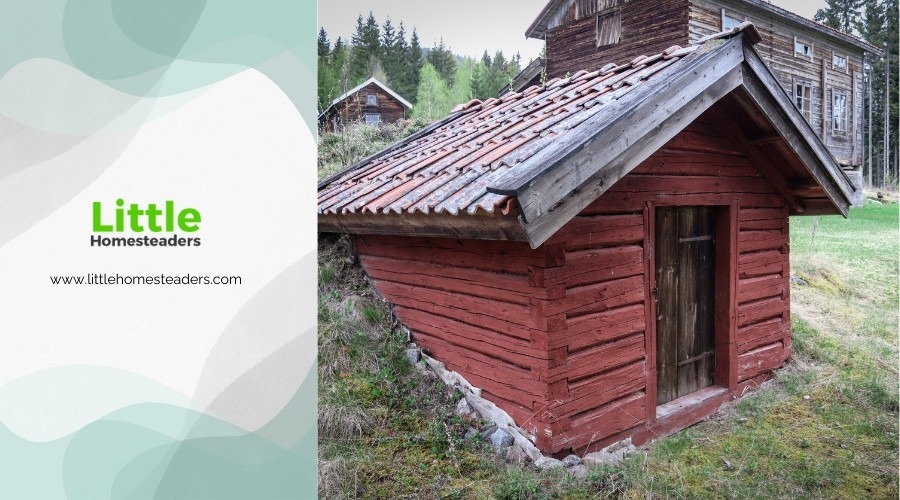
If you've ever wished you could enjoy your garden's bounty long after the harvest season, a root cellar might be the perfect solution for your homestead. This age-old food storage method is not just practical; it's a game-changer for anyone seeking to live more sustainably and self-sufficiently. By offering energy-efficient preservation, extending the life of your produce, and providing a reliable food source year-round, a root cellar is an investment that pays off in countless ways.
What is a Root Cellar?
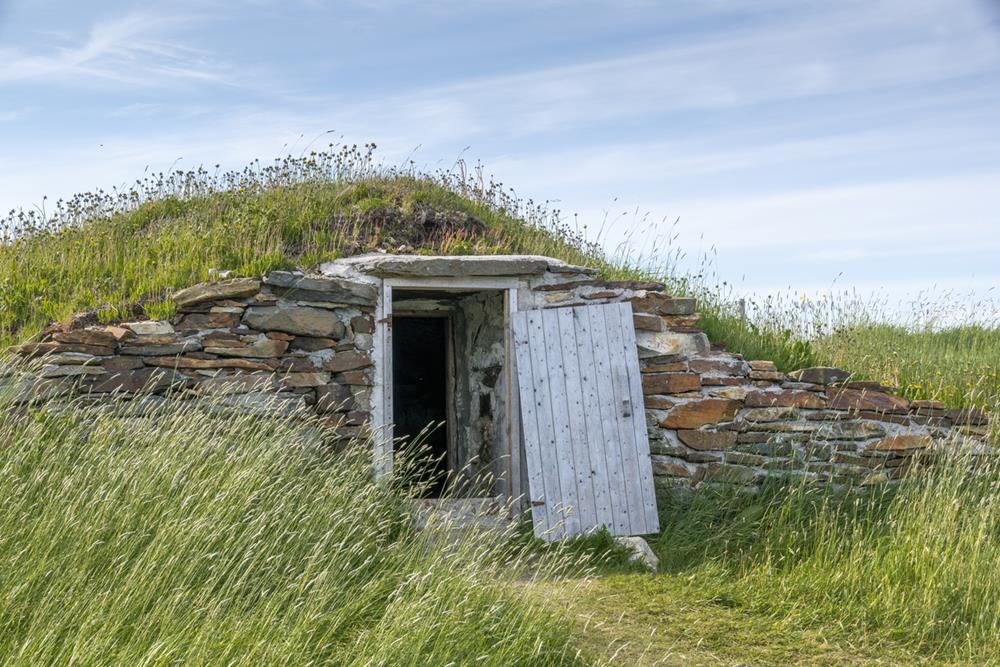
Root cellars have been used for centuries as a natural way to store food. These structures, typically built underground or partially buried, take advantage of the earth's natural insulation to maintain consistent temperatures and high humidity levels. While they were a staple for our ancestors, root cellars are making a comeback among modern homesteaders who value their simplicity and efficiency.
A root cellar works by maintaining temperatures between 32-40°F and humidity levels around 85-95%. These conditions slow the ripening process, prevent spoilage, and keep fruits and vegetables fresh for months. But they're not just for roots; they're great for storing apples, pears, cabbages, and even preserves or wine. Think of it as nature's refrigerator, working without electricity and blending seamlessly into a self-sufficient lifestyle.
Beyond food storage, root cellars can also be adapted for other uses, such as a wine cellar, a cool storage area for homemade ferments, or even as a secure place to store canned goods. This versatility makes them an indispensable addition to any homestead.
Key Benefits of a Root Cellar
1. Energy-Efficient Food Preservation
One of the most compelling reasons to add a root cellar to your homestead is its energy efficiency. Refrigerators are one of the most energy-intensive appliances in a home. By using a root cellar, you can cut down on electricity usage by up to 80% when it comes to food storage. Instead of relying on power to keep your food fresh, you're harnessing the earth's natural ability to insulate and regulate temperature.
This not only saves money but also reduces your carbon footprint. Imagine the peace of mind that comes with knowing your food is stored safely and sustainably, even if the power goes out. For those living in off-grid or rural areas, this benefit is even more pronounced, providing reliable food storage without relying on external energy sources.
2. Extended Produce Shelf Life
A root cellar's consistent environment does wonders for extending the shelf life of your harvest. Here are some examples of how long you can expect your produce to last:
- Potatoes: 6-8 months
- Carrots and Beets: 4-6 months
- Apples and Pears: 4-6 months
- Winter Squash: 2-3 months
- Cabbage: 3-4 months
- Onions and Garlic: 4-6 months
Unlike refrigeration, which can dry out produce or alter its texture, a root cellar preserves your food's natural moisture and flavor. You'll appreciate biting into a crisp apple in February or using homegrown carrots in a stew long after the growing season has ended. Additionally, storing crops like onions and garlic in a well-ventilated section of the root cellar prevents them from sprouting prematurely.
3. Year-Round Access to Fresh Produce
When you're able to store your harvest effectively, you gain access to fresh, unprocessed produce even in the dead of winter. This means fewer trips to the grocery store and more opportunities to enjoy the fruits of your labor. Whether it's a hearty root vegetable soup or a simple side of roasted squash, having a variety of fresh ingredients at your fingertips makes meal planning easier and more nutritious.
Root cellars also allow you to plan your meals around seasonal eating. By preserving produce like apples and winter squash, you can enjoy them when they're naturally at their best—not just imported and out of season.
4. Cost Savings
Building a root cellar is an upfront investment, but the long-term savings are significant. By storing your surplus harvest, you reduce food waste and lower your dependence on store-bought produce. Plus, the reduction in electricity costs from running your refrigerator less can add up to hundreds of dollars in savings each year. It's a win-win for your wallet and your homestead.
Another overlooked benefit is bulk purchasing. If you don't grow your own food, you can still use a root cellar to store large quantities of fresh produce bought from local farmers or markets at the peak of the season, often at a discount. This allows you to enjoy affordable, high-quality food for months.
5. Emergency Preparedness
A root cellar provides peace of mind in emergencies. Whether it's a power outage, extreme weather, or unexpected supply chain disruptions, having a stockpile of fresh food in a root cellar ensures your family has access to nutritious meals. It's an invaluable resource for anyone committed to preparedness and self-reliance.
Consider this: In a prolonged power outage, refrigerators and freezers are among the first modern conveniences to fail. A root cellar remains unaffected, preserving your food without any additional effort. This makes it an essential addition for preppers and homesteaders alike.
Creating Optimal Storage Conditions
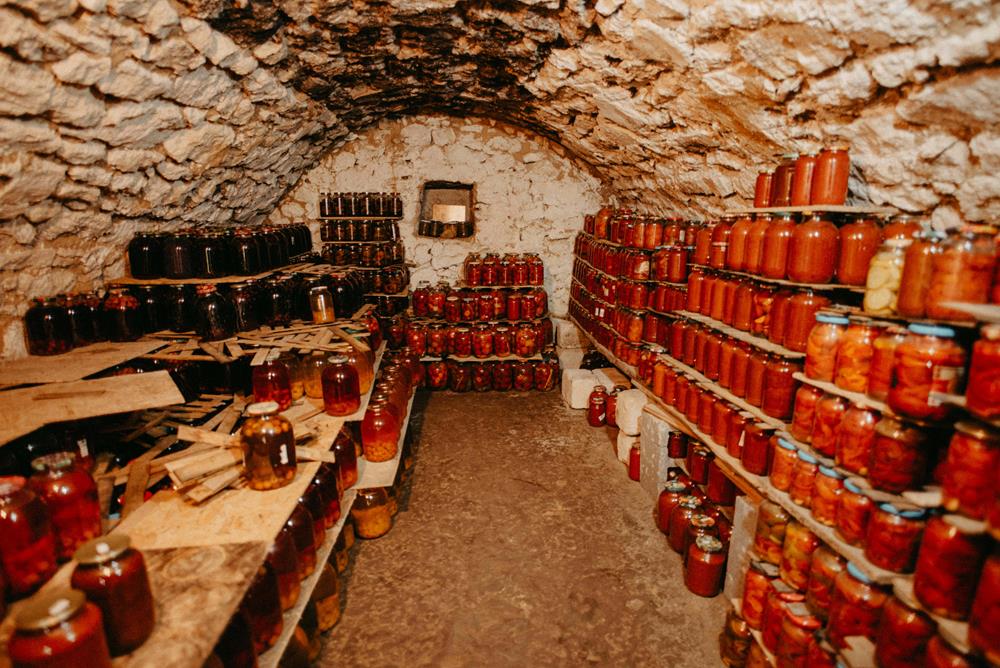
To get the most out of your root cellar, it's important to create the right environment. Here are some key factors to keep in mind:
- Temperature: Aim for 32-40°F. This cool range slows down the ripening process and prevents spoilage.
- Humidity: Maintain levels of 85-95% to prevent your produce from drying out. High humidity keeps your fruits and vegetables plump and fresh.
- Ventilation: Proper airflow prevents mold and the buildup of ethylene gas, which can cause premature ripening.
- Darkness: Keep your root cellar dark to avoid sprouting and flavor changes. Use light-blocking curtains or opaque storage containers if necessary.
- Pest Control: Seal entry points and use natural repellents to keep rodents and insects out. Regular inspections are essential to maintaining a pest-free environment.
Some homesteaders even use multiple sections within a root cellar to store different types of produce. For instance, you might dedicate one cooler, more humid area for carrots and beets, and another slightly drier section for garlic and onions.
How to Build a Root Cellar
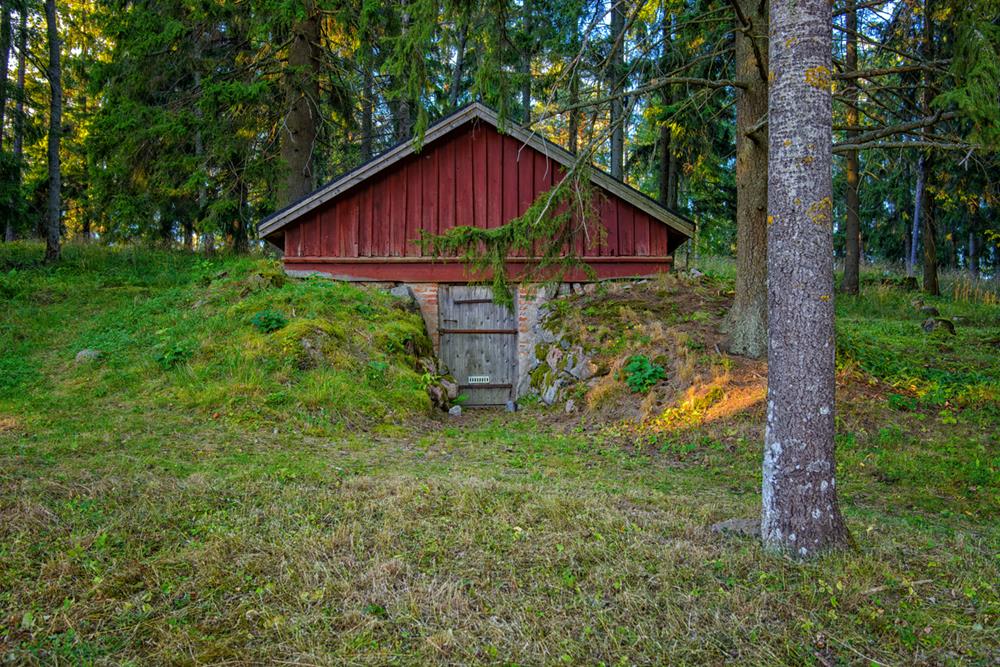
Building a root cellar might seem like a daunting project, but with careful planning, it's achievable for most homesteaders. Here are the basic steps:
Choose the Right Location
Pick a spot that's partially or fully underground. A hillside is ideal because it provides natural insulation. If a hill isn't available, a north-facing slope or shaded area can work too.
Plan the Design
Determine the size of your root cellar based on your storage needs. Consider using materials like stone, brick, or treated wood for durability. Don't forget to include ventilation pipes for airflow and insulation to regulate temperature.
Include an Antechamber
Adding a small buffer area between the outside and your storage space helps maintain stable conditions. This is especially useful in regions with extreme weather fluctuations.
Install Shelves and Bins
Maximize storage by organizing your root cellar with sturdy shelves, bins, and crates. Label your produce for easy rotation and avoid stacking items directly on the floor to prevent moisture damage.
Focus on Maintenance
Once your root cellar is built, maintain it by monitoring temperature and humidity levels. Regularly check for pests and clean out spoiled items to keep everything fresh and safe.
For those who may not have the space or resources to build a full-scale root cellar, alternative options like buried barrels, insulated coolers, or even converting a basement corner can still offer many of the same benefits.
Sustainability Benefits of a Root Cellar
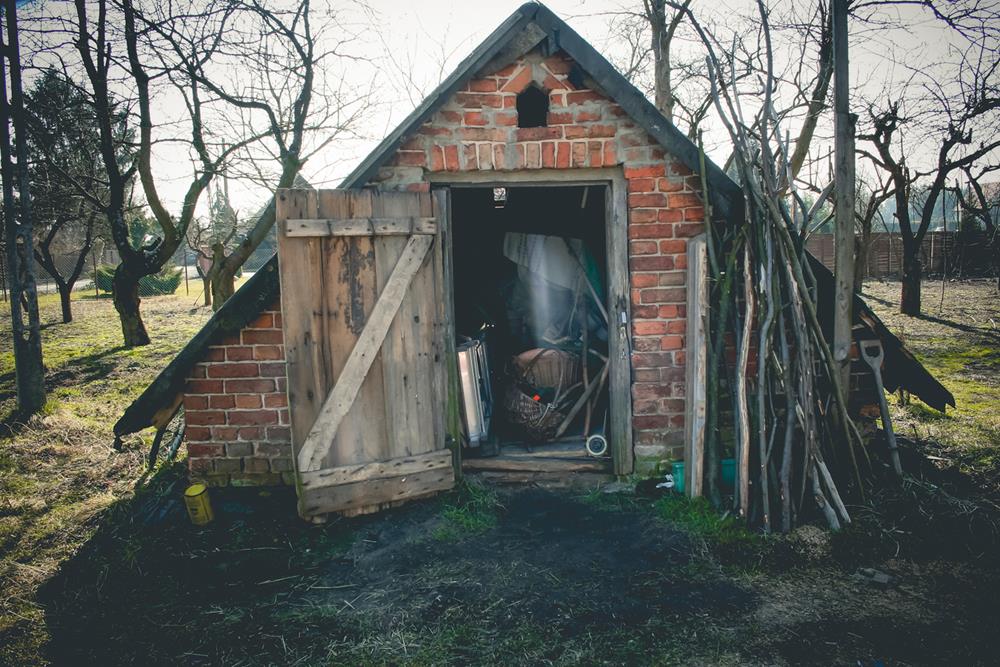
Root cellars align perfectly with the principles of sustainable living. By reducing reliance on energy-intensive refrigeration and minimizing food waste, they help lower your carbon footprint. They also encourage eating seasonally and locally, further reducing the environmental impact of food transportation and storage.
For homesteaders, sustainability isn't just a goal; it's a way of life. A root cellar embodies this philosophy by providing a natural, eco-friendly way to preserve your harvest and ensure your family's food security. Beyond environmental benefits, root cellars foster a deeper connection to the cycles of nature and the satisfaction of working in harmony with the earth.
Conclusion
A root cellar is more than just a storage space; it's a gateway to a more self-sufficient and sustainable lifestyle. By embracing this timeless method of food preservation, you can enjoy fresh, nutritious produce year-round, reduce your reliance on modern conveniences, and save money in the process. Whether you're a seasoned homesteader or just starting your journey, a root cellar is an investment that pays dividends for years to come.
So, why wait? Start planning your root cellar today and take another step toward building the resilient, sustainable homestead of your dreams.




